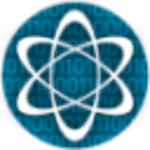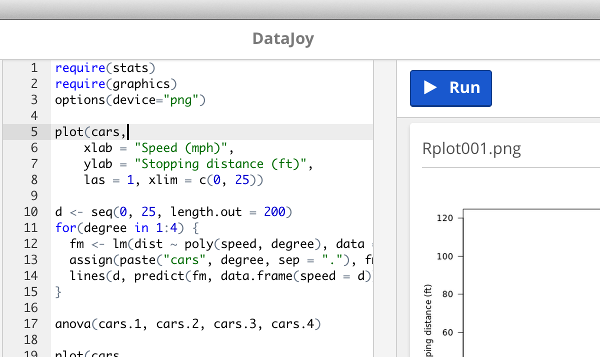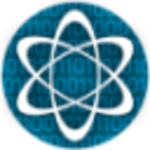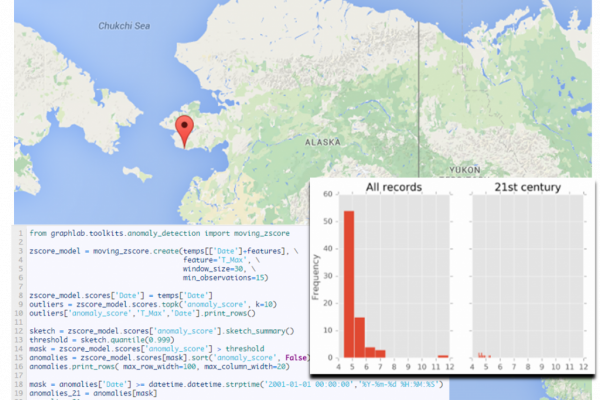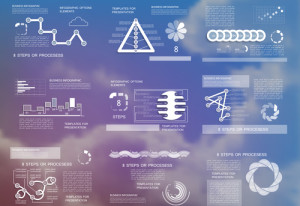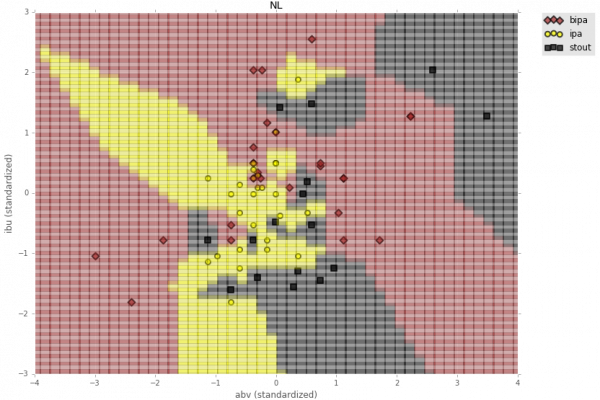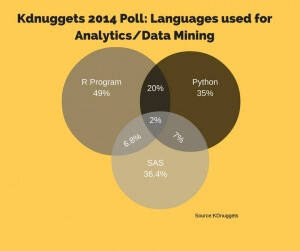Data Science – learn R or Python?
Hi Folks, I have a query around whether to learn R from scratch or should I leverage my basic python knowledge to extend into Data Science with scikit,numpy ,pandas? So I am bit confused … I am not shy to learn New programming language like R etc bur really need to know who edges out whom in market. Maybe i should learn R too along with Python so your valuable opinion matters. Also i […]
Read more